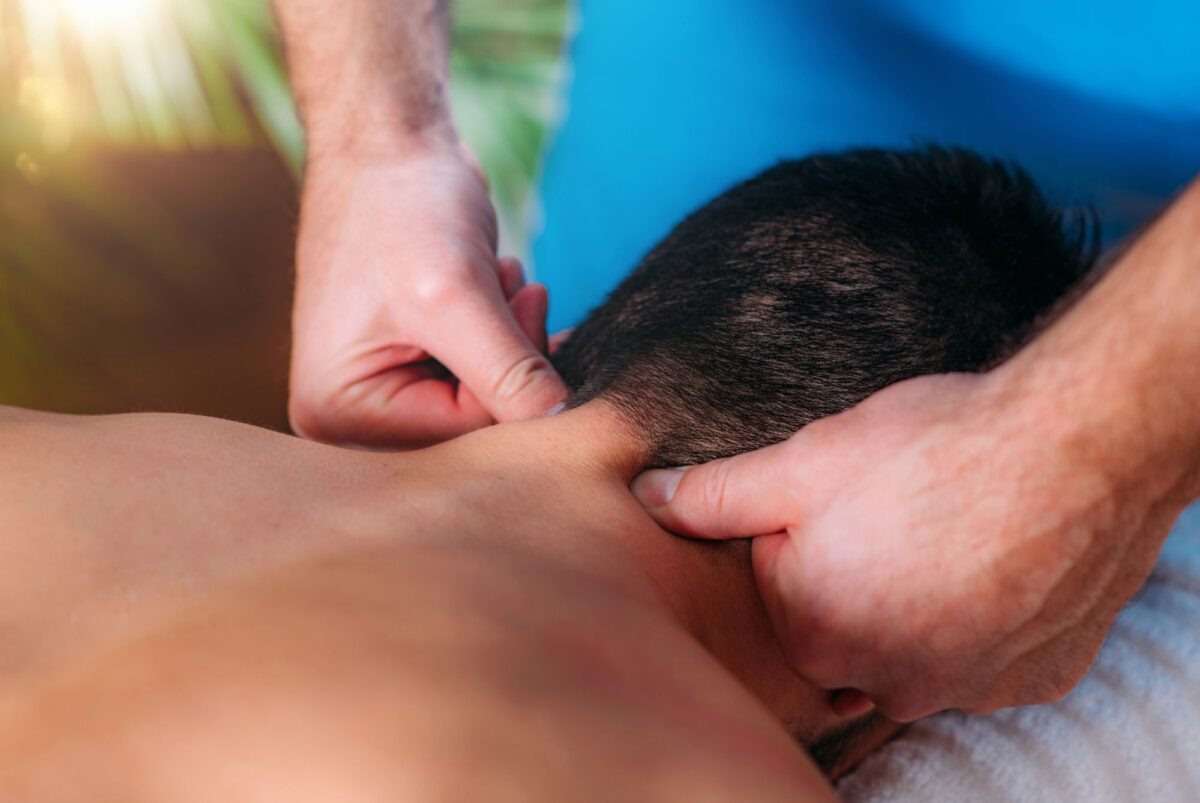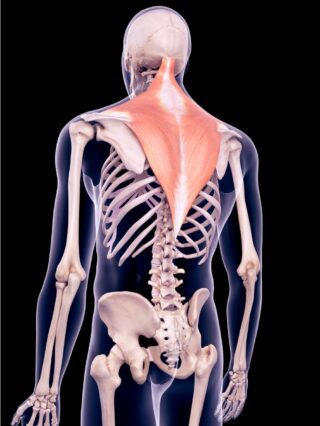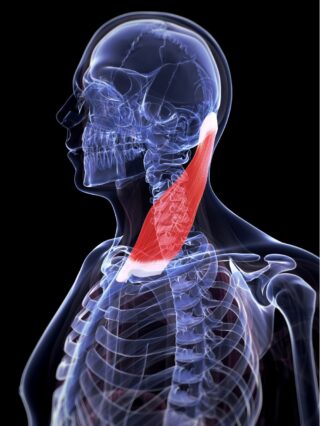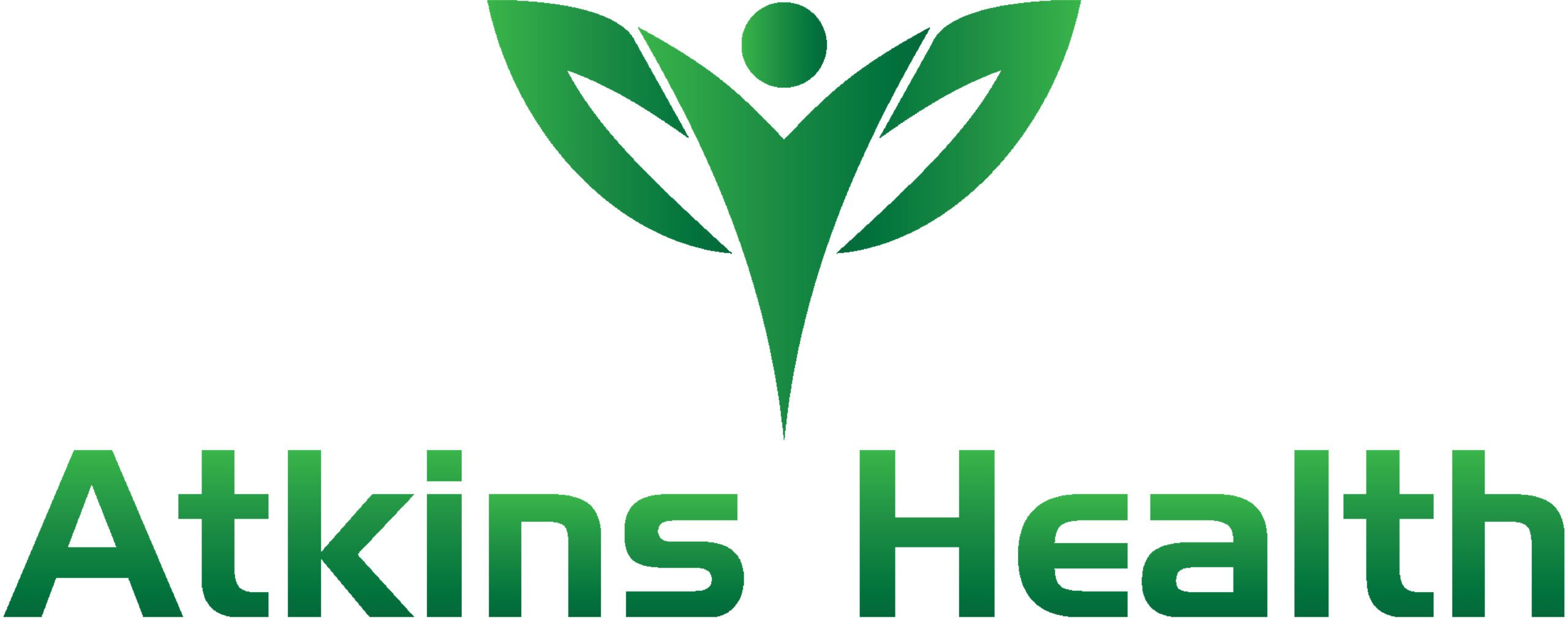Understanding and Relieving Neck Pain

What is neck pain and why do I have it?
Neck pain is a common condition that can range from mild discomfort to severe and potentially debilitating pain. It can be caused by a variety of factors, including muscle strain, injury, an underlying health condition, or simply poor understanding of posture.
There are several reasons why you might have a sore neck. Prolonged poor posture is a common cause and as we spend more time in front of computers these days it’s something of which we need to be conscious, remembering to be careful not to slouch for extended periods of time. Prolonged slouching or hunching can place additional strain on the supporting structures of the neck, making it important to take breaks and vary posture to maintain comfort.
Injuries from accidents or sports activities is another common cause which can also lead to neck pain. Additionally, conditions such as herniated discs, pinched nerves and arthritis can contribute to neck discomfort.
Where are the muscles on the neck and what role do they play?
There are several muscles that work in concert to support the head and allow for movement. Key muscles on the neck include the trapezius (sometimes called traps) – a large muscle which starts at the back of the head and extends across the shoulders, scalene – a group of three muscles at the base of the neck, levator scapulae which is a muscle situated at the side and the back of the neck, and sternocleidomastoid – a muscle which crosses the neck obliquely. Together they help with head rotation, extension, flexion, and side-to-side movement, as well as stabilising the neck during activity.


Neck and shoulder pain are often interconnected, as they are influenced by similar movements and postures and share many of the same muscles. Tension in the neck muscles can radiate to the shoulders, leading to stiffness and discomfort in both areas. Addressing issues in the neck can often help alleviate shoulder pain as well.
How to relieve neck pain
There are several strategies you can try to help relieve pain, including:
- Improving posture – our team of experts can help you improve your overall posture and provide instruction on healthy postural behaviours for common activities such as sitting at desks and using computers.
- Stretching and strengthening exercises for the neck and shoulders – simple exercises such as nodding, shoulder rolls and scapula stretches can help alleviate neck pain. Our team can teach you these and more.
- Applying heat or ice packs to the affected area – while this might help provide temporary relief, we recommend talking to our team to address the root cause of pain. They will develop a solution-focussed treatment plan to suit your specific circumstances.
- Using ergonomic pillows and workstations – these can help to improve your posture and avoid some of the postural causes of neck, shoulder and back pain.
- Practicing relaxation techniques such as meditation or yoga – feeling stressed can cause us to raise our shoulders and tense the neck muscles for extended periods which can result in neck pain. Exercise can also help to provide stress relief.
Therapy for neck pain Gold Coast
Physiotherapy
Physiotherapy is a key treatment option. It focuses on improving mobility, strength, and function in the affected area. Our Gold Coast physiotherapists use a variety of techniques, such as manual therapy, postural education, and exercise prescription to help relieve neck pain and prevent future issues.
Exercise Physiology
Exercise physiology involves designing and implementing specific exercise programs tailored to individual needs and conditions. For back, neck and shoulder pain, exercise physiologists work to improve muscle strength, flexibility, and posture, which can reduce pain and prevent recurrences. Exercises may include a range of motion movements, strengthening exercises, and stretching routines. Exercises for the traps, levator scapulae stretches, and sternocleidomastoid muscle strengthening are some of the techniques they may prescribe.
Remedial Massage
Remedial massage therapy focuses on targeting muscle tension and stiffness through manual manipulation techniques. For neck pain, our remedial massage therapist can help release tight muscles, improve circulation, and reduce pain and inflammation in the affected area. By addressing muscle imbalances and trigger points, remedial massage can provide relief and promote healing in the neck region.
In addition to expertise in treating neck pain our team have undertaken special training in back pain treatment and relief. Learn more about our back pain treatment program.
Tired of your pain in the neck? Get in touch and book an initial assessment. Relief is close by.


